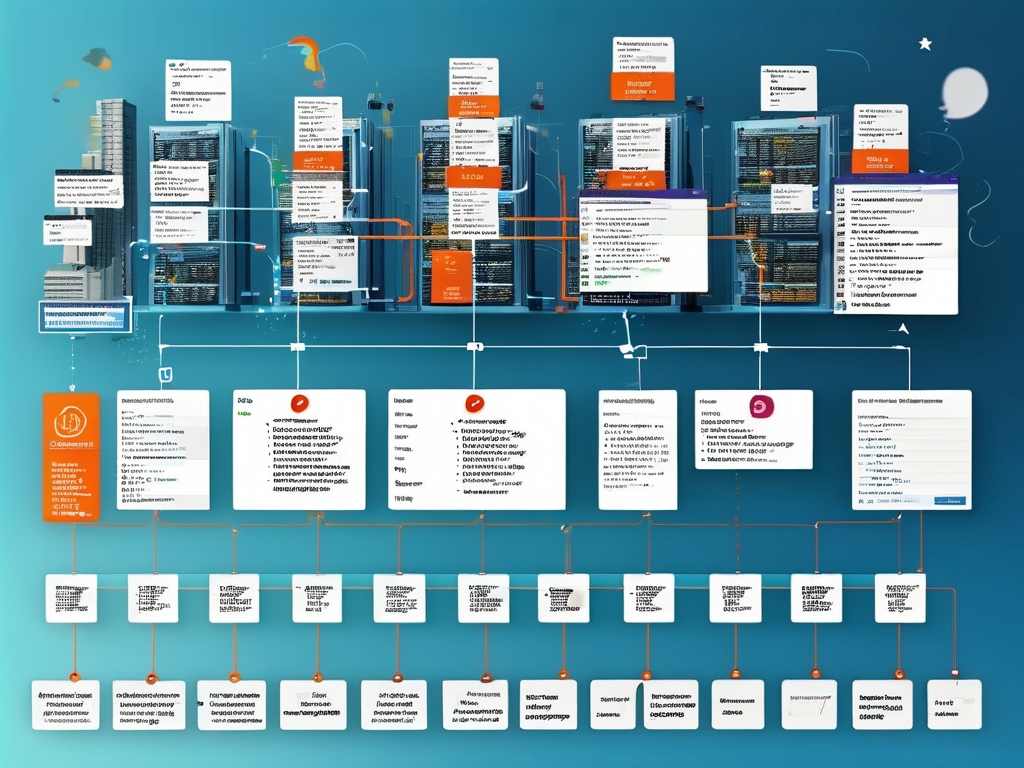In modern software development, Java automated deployment has become a cornerstone for efficient delivery pipelines. This process refers to the systematic use of tools and scripts to eliminate manual intervention in deploying Java applications across environments. By automating repetitive tasks, teams achieve faster release cycles, reduced human error, and improved consistency in production environments.

Core Components
A typical Java automation workflow integrates version control systems like Git with build tools such as Maven or Gradle. Continuous Integration (CI) servers like Jenkins or GitLab CI trigger build processes when code changes are detected. Containerization platforms like Docker then package applications with dependencies, while orchestration tools like Kubernetes manage scaling and deployment across clusters.
Consider this Jenkins pipeline snippet for a Spring Boot application:
pipeline {
agent any
stages {
stage('Build') {
steps {
sh 'mvn clean package'
}
}
stage('Deploy') {
steps {
sh 'docker build -t myapp:latest .'
sh 'kubectl apply -f k8s-deployment.yaml'
}
}
}
}
Implementation Challenges
While automation offers clear benefits, organizations often face hurdles during adoption. Environment configuration mismatches between development and production systems remain a common pain point. Teams must implement infrastructure-as-code solutions like Terraform or Ansible to maintain parity. Security considerations also escalate in automated pipelines, requiring robust secret management systems like HashiCorp Vault.
Performance Optimization
Advanced deployment strategies have emerged to minimize downtime. Blue-green deployments maintain two identical production environments, switching traffic only after full verification. Canary releases gradually expose new versions to subsets of users, while feature toggles enable runtime control without code redeployment. Monitoring tools like Prometheus and Grafana become critical for tracking deployment success metrics in these scenarios.
Future Trends
The evolution of serverless architectures and cloud-native technologies continues reshaping Java deployment practices. Tools like AWS Lambda (supporting Java runtime) and Knative abstract infrastructure management further, enabling developers to focus purely on code. However, this shift demands new skills in cloud resource optimization and distributed system debugging.
Successful Java automation ultimately requires cultural alignment alongside technical implementation. Development and operations teams must collaborate on defining deployment protocols, while quality assurance becomes integrated throughout the delivery chain. Organizations embracing this holistic approach consistently report improved deployment frequency and system stability compared to manual processes.









